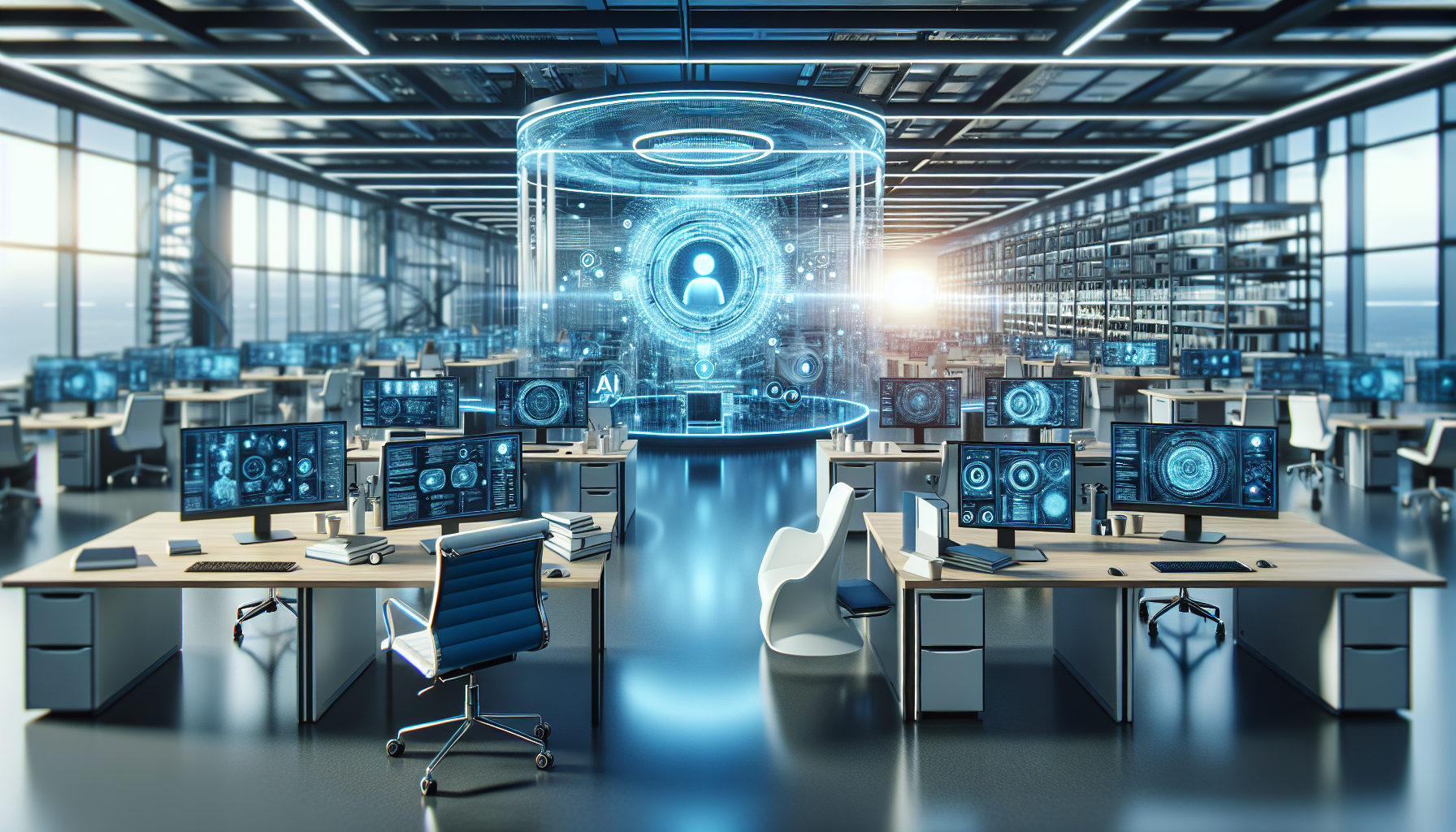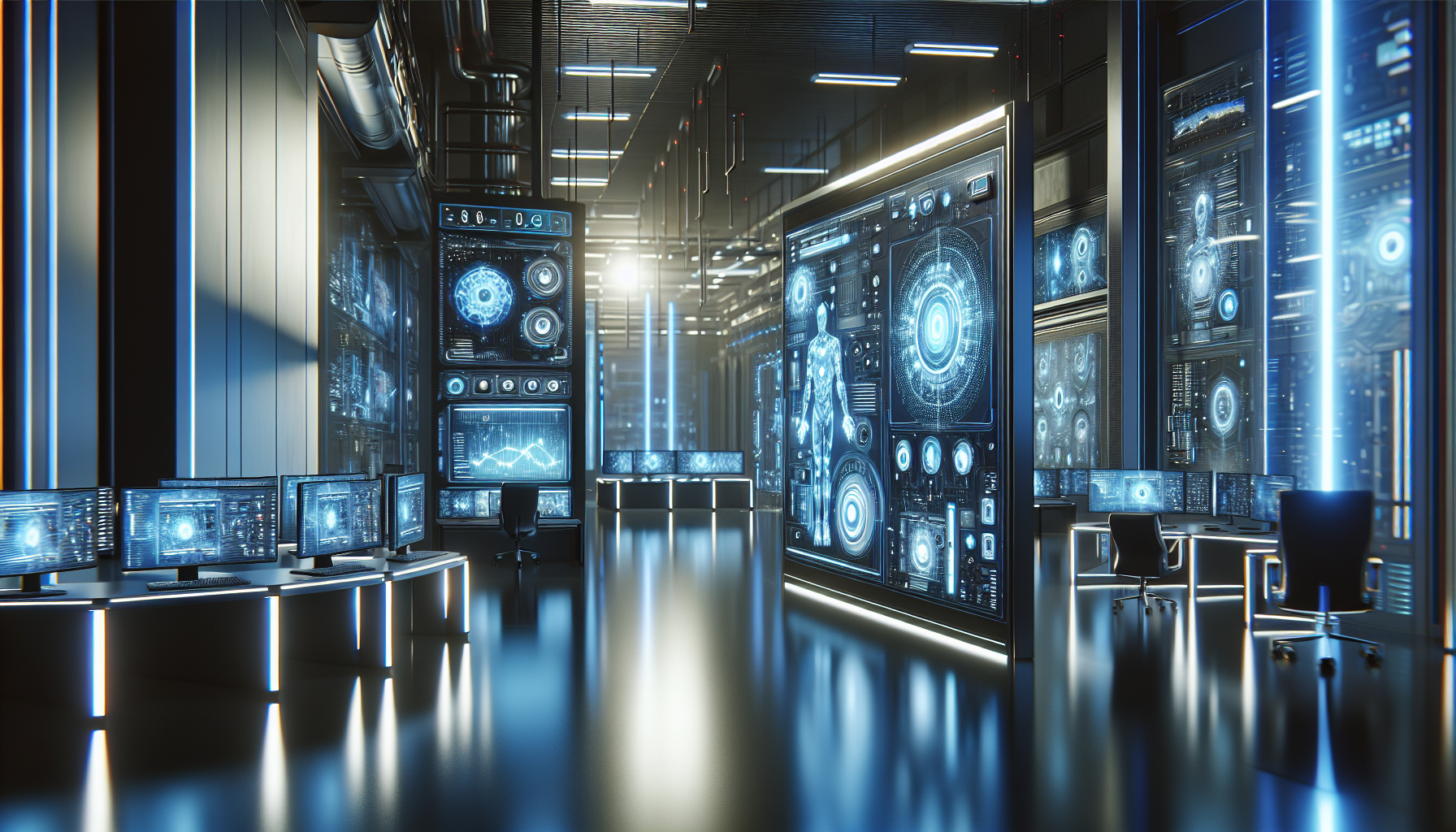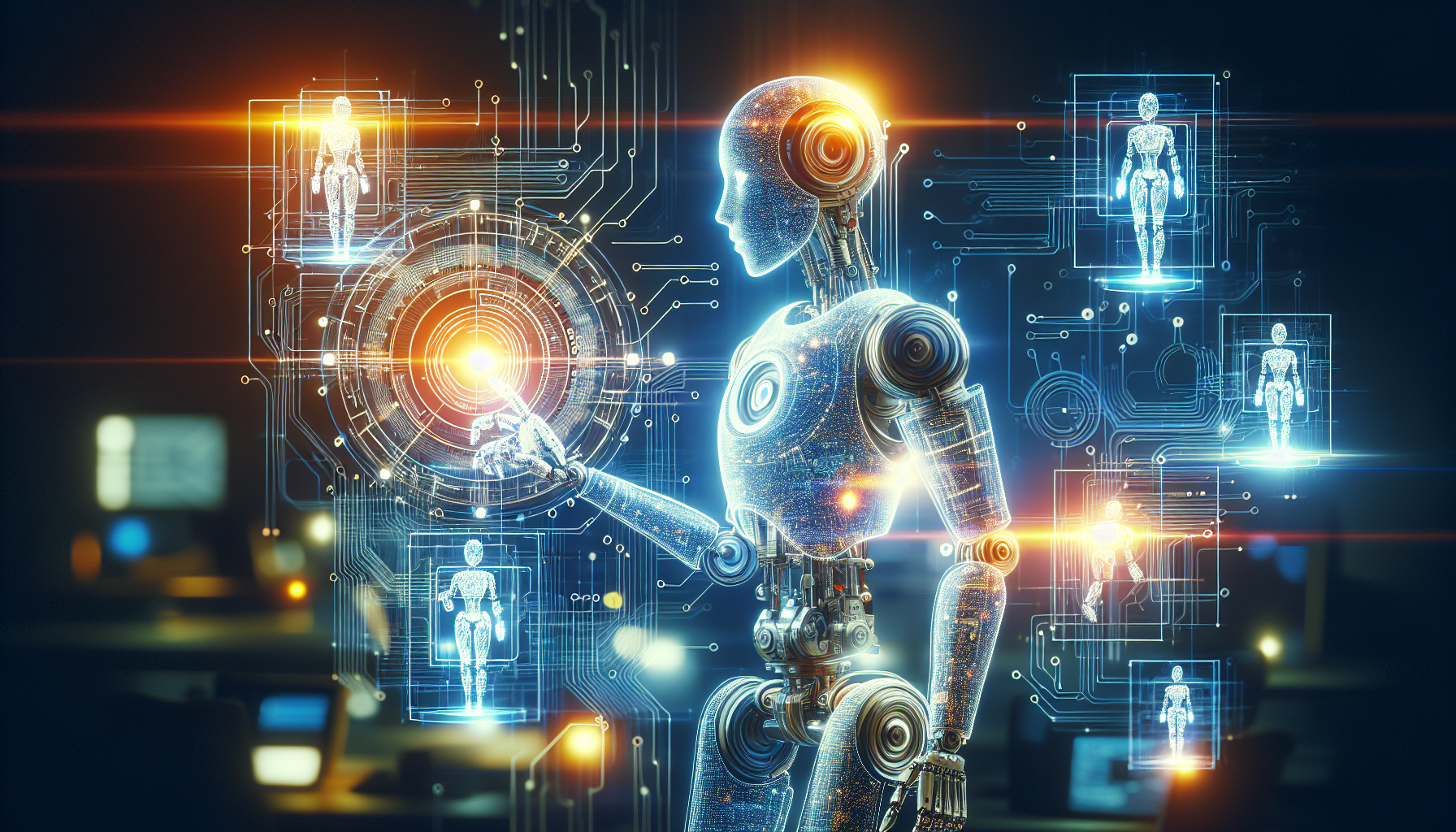
AI and Robotics: Pioneering the Future of Human-Machine Collaboration
August 2, 2025
Imagine a world where humans and machines work in perfect harmony, each complementing the other's strengths. This vision is rapidly becoming a reality as artificial intelligence and robotics converge, crafting a symbiotic relationship that promises to redefine our future. This is not merely a technological evolution; it is a revolutionary partnership that challenges our perceptions of what it means to work and create.
The journey of artificial intelligence and robotics from mere tools to collaborative partners is nothing short of inspirational. At the heart of this transformation is the ability of machines to learn and make decisions autonomously. This capability allows robots to perform tasks that were once the exclusive domain of humans, from intricate surgery to complex data analysis. Yet, the true potential of this collaboration lies not in replacement, but in enhancement.
Consider the intricate dance between a surgeon and a robotic assistant. The robot provides unparalleled precision, its mechanical hands executing movements with a level of accuracy that human hands cannot achieve. Meanwhile, the surgeon applies their expertise, intuition, and decision-making skills to guide the procedure. Together, they perform surgeries that are less invasive, with quicker recovery times for patients. This blend of human insight and robotic precision exemplifies the future of collaboration.
In the industrial sector, AI-driven robots are transforming manufacturing processes. These robots are not just repetitive machines; they are intelligent systems capable of adapting to new tasks and environments. They can learn from their experiences, optimizing production lines and enhancing efficiency. However, they work best in tandem with human workers who bring creativity and problem-solving skills to the table. Humans can address unexpected challenges, innovate new solutions, and communicate complex needs—tasks that remain beyond the reach of even the most advanced AI.
Moreover, the integration of AI and robotics is fostering inclusion and accessibility. Exoskeletons powered by AI are enabling individuals with mobility impairments to walk, enhancing their independence and quality of life. These wearable robots learn from the user's movements and intentions, adapting seamlessly to their needs. This fusion of human will and robotic capability is a powerful testament to the potential of this collaboration to improve lives.
Education is another arena where AI and robotics are making a significant impact. Intelligent tutoring systems provide personalized learning experiences, adapting to each student's pace and style. Robots in classrooms can engage students in interactive learning, offering support and encouragement. Teachers, on the other hand, focus on nurturing creativity and critical thinking—areas where human interaction is irreplaceable. This collaborative approach ensures that education becomes more inclusive and effective, preparing students for a future where human-machine partnerships are the norm.
One of the most intriguing aspects of AI and robotics is their potential to solve some of the world's most pressing challenges. In agriculture, autonomous robots equipped with AI can monitor crops, optimize water usage, and even plant seeds with precision. This not only increases yield but also promotes sustainable farming practices. Yet, human farmers remain integral, bringing their understanding of ecosystems and biodiversity to create harmonious agricultural systems.
While the narrative of AI and robotics often centers on the fear of job displacement, the reality is more nuanced. The rise of AI is indeed transforming job landscapes, but it is also creating new opportunities. As mundane and repetitive tasks become automated, humans are freed to pursue more creative and fulfilling roles. The challenge lies in ensuring that workers are equipped with the skills needed to thrive in this new environment, a task that requires foresight and investment in education and training.
As we stand on the cusp of this new era, the possibilities are as exhilarating as they are vast. The collaboration between AI and robotics is not about replacing humans; it is about enhancing our capabilities, pushing the boundaries of what we can achieve. It invites us to reimagine our roles and redefine our relationship with the technology we create.
What does this future hold for us? How will we harness the power of AI and robotics to build a world that is not only more efficient but also more equitable and humane? As we ponder these questions, we are reminded that the ultimate goal of technology is not to surpass us, but to uplift us. The future of human-machine collaboration is a testament to the boundless potential of human ingenuity and the enduring power of partnership.


